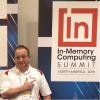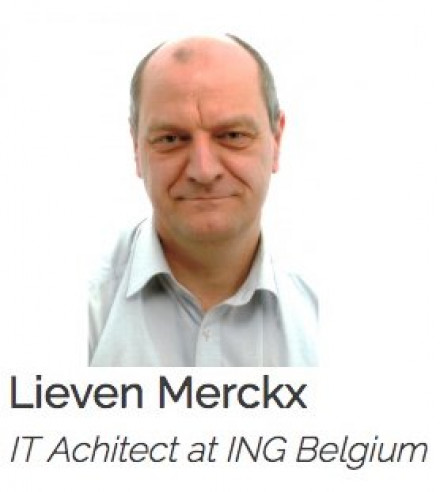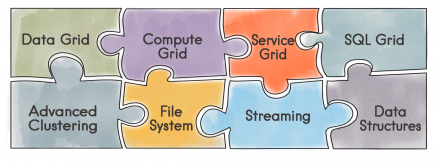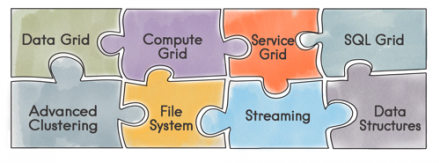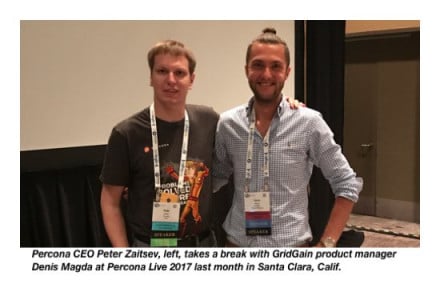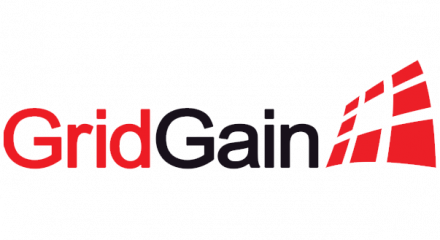GridGain Blog
If you’re in IT and working for a bank or financial institution with a growing e-banking audience, then Lieven Merckx has a story that you’ll be very interested in.
A 32-year veteran IT architect, Lieven works with the team that’s been strengthening electronic retail banking offerings at ING Bank Belgium with in-memory computing technologies to meet rapidly growing customer demand for mobile…
In the previous article, I discussed my motivation for writing this blog series. Also presented was the high-level component view of Apache® Ignite™, shown in Figure 1.
Figure 1. Main components of Apache Ignite
The previous article also briefly introduced Clustering and Deployment. This article will focus on the Data Grid.
Data Grid
In Apache Ignite, a Data Grid can be thought of as a…
In this series of Apache Ignite Tutorial articles, I will describe what Apache Ignite is and how to deploy it at a beginner's level. In this first blog post, I will cover clustering and deployment.What is Apache Ignite?Apache Ignite is an in-memory data fabric. Its main goals are to provide performance and scalability. It partitions and distributes data within a cluster. The cluster provides very…
Peter Zaitsev, CEO and co-founder of Percona, says there are several key strategic benefits of using the Apache® Ignite™ in-memory computing platform instead of Memcached, Redis, Elastic or even Apache Spark.
I had the opportunity this week to connect with Peter and ask him about this and more questions as he prepares for next month's In-Memory Computing (IMC) Summit in Amsterdam…
With its latest release, Apache® Ignite™ 2.0 introduced support for DDL, redesigned off-heap memory architecture, distributed algebra, Spring data integration, support for Hibernate 5, Rocket MQ Integration, as well as plenty of improvements to the currently existing Apache Ignite feature set to enhance speed and performance. Another key feature rolled in is multi-cluster support for Apache…
I'm excited to announce a new GridGain Systems white paper, Choosing the Right In-Memory Computing Solution, that explains the reasons to use in-memory computing and then walks through how to choose the right architecture and feature set to meet your needs.
As in-memory computing (IMC) gains momentum across a wide range of applications, from fintech and e-commerce to…
GridGain Professional Edition 2.0 was released today. The new release, a fully supported version of Apache Ignite 2.0, includes new functionality that significantly improves performance and simplifies the integration requirements for use cases where distributed, in-memory computing can dramatically improve the speed and scalability of data-intensive applications.
You can download your 30-…
Gartner forecasts that there will be over 8 billion connected devices in use worldwide by the end of 2017. This figure is estimated to reach 20 billion by 2020 and continue to increase dramatically for the foreseeable future. According to the “Cisco Global Cloud Index: Forecast and Methodology, 2015–2020”, the total amount of data created by devices, driven by IoT, will reach 600…
This white paper discusses the transformation taking place in asset and wealth management and explains how in-memory computing options such as the GridGain in-memory computing platform can help asset and wealth management firms build the high-performance, scalable, and interoperable infrastructure that they need to successfully power their applications.The asset and wealth management sector of…
This white paper discusses the challenges faced by software and SaaS developers and examines how in-memory options such as the GridGain in-memory computing platform can help deliver a stellar user experience. All businesses want software and SaaS that delivers high-performance at scale. This is possible using in-memory computing.
Every business relies on software and the data it collects…
